








I have now dwelt at sufficient length upon the character of the textile system of ornament and have laid especial stress upon the manner in which it is interwoven with the technical constitution of the art. I have illustrated the remarkable power of the art by which decorative elements from without, coming once within the magic influence, are seized upon and remodeled in accordance with the laws of textile combination. Pursuing the investigation still further it is found that the dominion of the textile system is not limited to the art, but extends to other arts. Like a strong race of men it is not to be confined to its own original habitat, but spreads to other realms, stamping its own habits and character upon whatever happens to come within its reach. Its influence is felt throughout the whole range of those arts with which the esthetic sense of man seeks to associate ideas of beauty. It is necessary, before closing this paper, to examine briefly the character and extent of this influence and to describe in some detail the agencies through which the results are accomplished. First and most important are the results of direct transmission.
House building, or architecture as it is called in the higher stages, is in primitive times to a great extent textile; as culture develops, other materials and other systems of construction are employed, and the resultant forms vary accordingly; but textile characters are especially strong and persistent in the matter of ornament, and survive all changes, howsoever complete. In a similar way other branches of art differentiated in material and function from the parent art inherit many characters of form and ornament conceived in the textile stage. It may be difficult to say with reference to any particular example of design that it had a textile origin, for there may be multiple origins to the same or to closely corresponding forms; but we may assert in a general way of the great body of geometric ornament that it owes something—if not its inspiration, its modes of expression—to the teachings of the textile system. This appears reasonable when we consider that the weaver's art, as a medium of esthetic ideas, had precedence in time over nearly all competitors. Being first in the field it stood ready on the birth of new forms of art, whether directly related or not, to impose its characters upon them. What claim can architecture, sculpture, or ceramics have upon the decorative conceptions of the Digger Indians, or even upon those of the Zuñi or Moki? The former have no architecture, sculpture, or ceramics; but their system of decoration, as we have seen, is highly developed. The Pueblo tribes at their best have barely reached the stage at which esthetic ideas are associated with building; yet classic art has not produced a set of geometric motives more chaste or varied. These examples of the development of high forms of decoration during the very early stages of the arts are not isolated. Others are observed in other countries, and it is probable that if we could lift the veil and peer into the far prehistoric stages of the world's greatest cultures the same condition and order would be revealed. It is no doubt true that all of the shaping arts in the fullness of their development have given rise to decorative features peculiar to themselves; for construction, whether in stone, clay, wood, or metal, in their rigid conditions, exhibits characters unknown before, many of which tend to give rise to ornament. But this ornament is generally only applicable to the art in which it develops, and is not transferable by natural processes—as of a parent to its offspring—as are the esthetic features of the weaver's art.
Besides the direct transmission of characters and forms as suggested in a preceding paragraph, there are many less direct but still efficacious methods of transfer by means of which various arts acquire textile decorative features, as will be seen by the following illustrations.
Japanese art is celebrated for its exquisite decorative design. Upon superb works of porcelain we have skillful representations of subjects taken from nature and from mythology, which are set with perfect taste upon fields or within borders of elaborate geometric design. If we should ask how such motives came to be employed in ceramic decoration, the answer would be given that they were selected and employed because they were regarded as fitting and beautiful by a race of decorators whose taste is well nigh infallible. But this explanation, however satisfactory as applied to individual examples of modern art, is not at all applicable to primitive art, for the mind of man was not primarily conscious of the beauty or fitness of decorative elements, nor did he think of using them independently of the art to which they were indigenous. Now the ceramic art gives rise to comparatively few elements of decoration, and must therefore acquire the great body of its decorative motives from other arts by some process not primarily dependent upon the exercise of judgment or taste, and yet not by direct inheritance, as the techniques of the two arts are wholly distinct.
Textile and fictile arts are, in their earlier stages, to a large extent, vessel making arts, the one being functionally the offshoot of the other. The textile art is the parent, and, as I have already shown, develops within itself a geometric system of ornament. The fictile art is the offshoot and has within itself no predilection for decoration. It is dependent and plastic. Its forms are to a great extent modeled and molded within the textile shapes and acquire automatically some of the decorative surface characters of the mold. This is the beginning of the transfer, and as time goes on other methods are suggested by which elements indigenous to the one art are transferred to the other. Thus we explain the occurrence, the constant recurrence of certain primary decorative motives in primitive ceramics. The herring bone, the checker, the guilloche, and the like are greatly the heritage of the textile art. Two forms derived from textile surfaces are illustrated in Figs. 351 and 352. In the first example shown, herring bone patterns appear as the result of textile combination, and in the second a triangular checker is produced in the same way. In Fig. 352 we see the result of copying these patterns in incised lines upon soft clay.

Fig. 351. Herring bone and checker patterns produced in textile combinations.ToList

Fig. 352. Herring bone and checker figures in fictile forms transferred from the textile.ToList
Again, the ancient potter, who was in the habit of modeling his wares within baskets, seems to have conceived the idea of building his vessels by coiling just as he built his baskets. The surface exhibits coiled ridges like basketry, as shown in Fig. 353, and the textile character was further imposed upon the clay by marking these coils with the thumb and with implements to give the effect of the transverse series of filaments, and the geometric color patterns of the basketry were reproduced in incised lines. When these peoples came to paint their wares it was natural that the colored patterns native to the basketry should also be reproduced, and many more or less literal transfers by copying are to be found. A fine example of these painted textile designs is shown in Fig. 354. It is executed in a masterly style upon a handsome vase of the white ware of ancient Tusayan. Not only are the details reproduced with all their geometric exactness, but the arrangement of the designs upon the vessel is the same as in the textile original. Nine-tenths of the more archaic, Pueblo, ceramic, ornamental designs are traceable to the textile art, and all show the influence of textile convention.
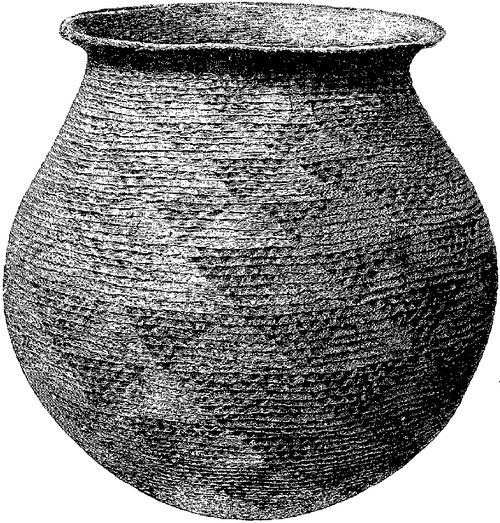
Fig. 353. Earthen vase built by coiling, exhibiting decorative characters derived from basketry.ToList
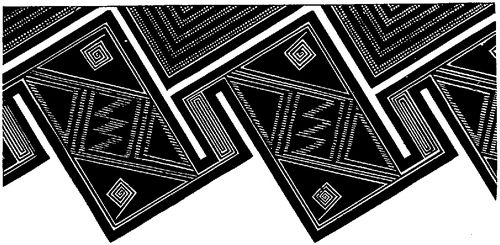
Fig. 354. Ceramic ornament copied literally from a textile original.ToList
Another peculiar class of transfers of a somewhat more indirect nature may be noticed. All the more advanced American nations were very fond of modeling the human form in clay, a large percentage of vessels having some trace of the human form or physiognomy. Now, in many cases the costume of the personage represented in the clay is also imitated, and generally in color, the details of the fabrics receiving their full share of attention. Such an example, from a sepulcher at Ancon, is shown in Fig. 355. Here the poncho or mantle thrown across the shoulders falls down upon the body in front and behind and the stripes and conventional fishes are accurately reproduced. In this way both style and matter of the textile decoration are introduced into the ceramic art.
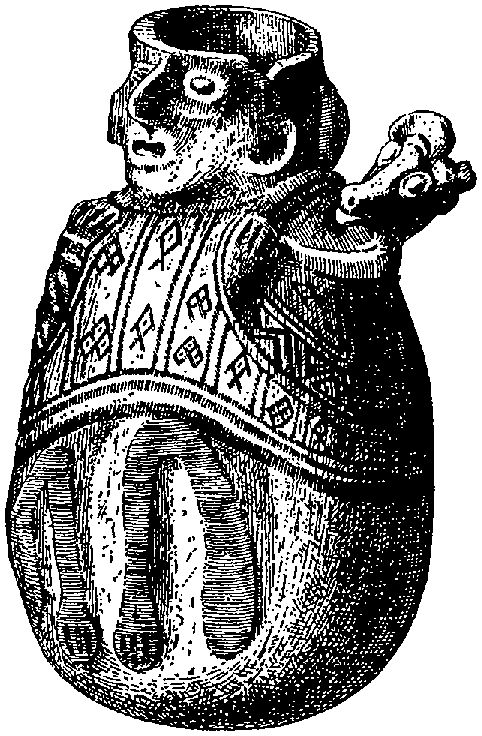
Fig. 355. Textile patterns transferred to pottery through the copying of costume. From The Necropolis of Ancon, by Reiss and Stübel, Pl. 94.ToList
It will be seen by these illustrations that there are many natural methods, automatic or semiautomatic in character, by which the one art receives aid from the other; that in the beginning of the transfer of textile ornament to fictile forms the process is purely mechanical, and that it is continued automatically without any very decided exercise of judgment or taste. As a result, these borrowed decorations are generally quite as consistent and appropriate as if developed within the art itself. Later in the course of progress the potter escapes in a measure from this narrow groove and elaborates his designs with more freedom, being governed still to a certain extent by the laws of instinctive and automatic procedure. When, finally, intellect assumes to carry on the work independently of these laws, decoration tends to become debased.
Turning to other branches of art, what traces do we find of the transfer to them of textile features? Take, for example, sculpture. In the wood carving of the Polynesians we observe a most elaborate system of decoration, more or less geometric in character. We do not need to look a second time to discover a striking likeness to the textile system, and we ask, Is it also derived from a textile source? In the first place let us seek within the art a reason for the peculiar forms. In carving wood and in tracing figures upon it with pointed tools the tendency would certainly be towards straight lines and formal combinations; but in this work there would be a lack of uniformity in execution and of persistency in narrow lines of combination, such as result from the constant necessity of counting and spacing in the textile art. In the presentation of natural forms curved lines are called for, and there is nothing inherent in the carver's art to forbid the turning of such lines with the graver or knife. Graphic art would be realistic to an extent regulated by the skill and habits of the artist. But, in reality, the geometric character of this work is very pronounced, and we turn naturally toward the textile art to ask whether in some way that art has not exercised an influence. The textile arts of these peoples are highly developed and were doubtless so in a degree from very early times, and must have had a close relation with the various arts, and especially so in the matter of ornament. Specific examples may be cited showing the intimacy of wood carving to textilia. Bows, spears, arrows, &c. are bound with textile materials to increase their strength. Knives and other weapons are covered with textile sheaths and handles of certain utensils are lashed on with twisted cords. In ceremonial objects these textile features are elaborated for ornament and the characteristic features of this ornament are transferred to associated surfaces of wood and stone by the graver. A most instructive illustration is seen in the ceremonial adzes so numerous in museums (Fig. 356). The cords used primarily in attaching the haft are, after loss of function, elaborately plaited and interwoven until they become an important feature and assume the character of decoration. The heavy wooden handles are elaborately carved, and the suggestions of figures given by the interlaced cords are carried out in such detail that at a little distance it is impossible to say where the real textile surface ceases and the sculptured portion begins.
All things considered, I regard it as highly probable that much of the geometric character exhibited in Polynesian decoration is due to textile dominance. That these peoples are in the habit of employing textile designs in non-textile arts is shown in articles of costume, such as the tapa cloths, made from the bark of the mulberry tree, which are painted or stamped in elaborate geometric patterns. This transfer is also a perfectly natural one, as the ornament is applied to articles having functions identical with the woven stuffs in which the patterns originate, and, besides, the transfer is accomplished by means of stamps themselves textile. Fig. 357 illustrates the construction of these stamps and indicates just how the textile character is acquired.
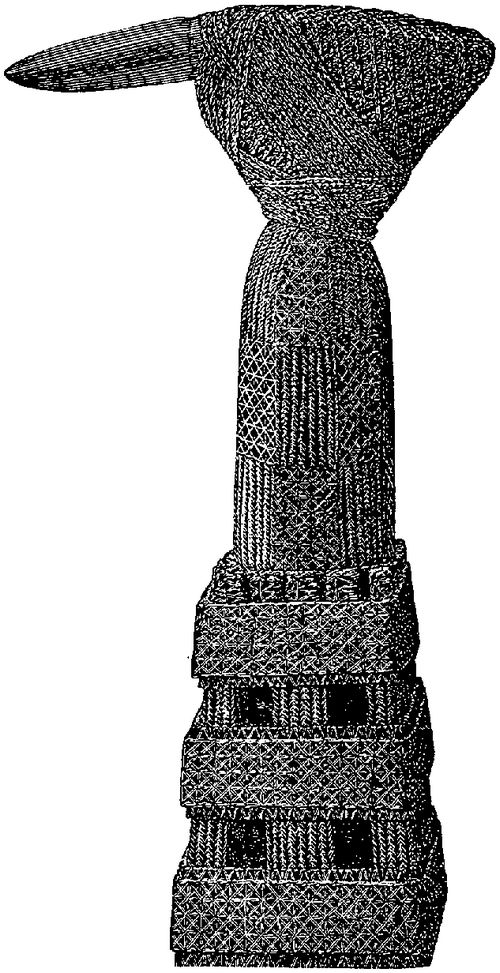
Fig. 356. Ceremonial adz, with carved ornament imitating textile wrapping. Polynesian work.ToList
Textile materials are very generally associated with the human figure in art, and thus sculpture, which deals chiefly with the human form, becomes familiar with geometric motives and acquires them. Through sculpture these motives enter architecture. But textile decoration pervades architecture before the sculptor's chisel begins to carve ornament in stone and before architecture has developed of itself the rudiments of a system of surface embellishment. Textile art in mats, covers, shelters, and draperies is intimately associated with floors and walls of houses, and the textile devices are in time transferred to the stone and plaster. The wall of an ancient Pueblo estufa, or ceremonial chamber, built in the pre-esthetic period of architecture, antedating, in stage of culture, the first known step in Egyptian art, is encircled by a band of painted figures, borrowed, like those of the pottery, from a textile source. The doorway or rather entrance to the rude hovel of a Navajo Indian is closed by a blanket of native make, unsurpassed in execution and exhibiting conventional designs of a high order.
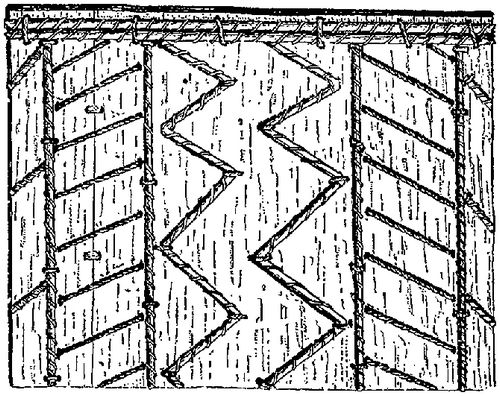
Fig. 357. Portion of a tapa stamp, showing its subtextile character. A palm leaf is cut to the desired shape and the patterns are sewed in or stitched on.ToList
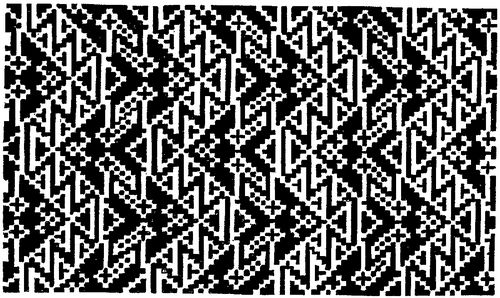
Fig. 358. Design in stucco, exhibiting textile characters.ToList
The ancient "hall of the arabesques" at Chimu, Peru, is decorated in elaborate designs that could only have arisen in the textile art (Fig. 358), and other equally striking examples are to be found in other American countries. The classic surface decorations known and used in Oriental countries from time immemorial prevailed in indigenous American architecture at a stage of culture lower than any known stage of classic art.
It may appear that I have advocated too strongly the claims of the textile art to the parentage of geometric ornament and that the conclusions reached are not entirely satisfactory, but I have endeavored so to present the varied phenomena of the art that the student may readily reach deductions of his own. A correspondingly careful study of other branches of art will probably enable us finally to form a just estimate of the relative importance of the forces and tendencies concerned in the evolution of decoration.